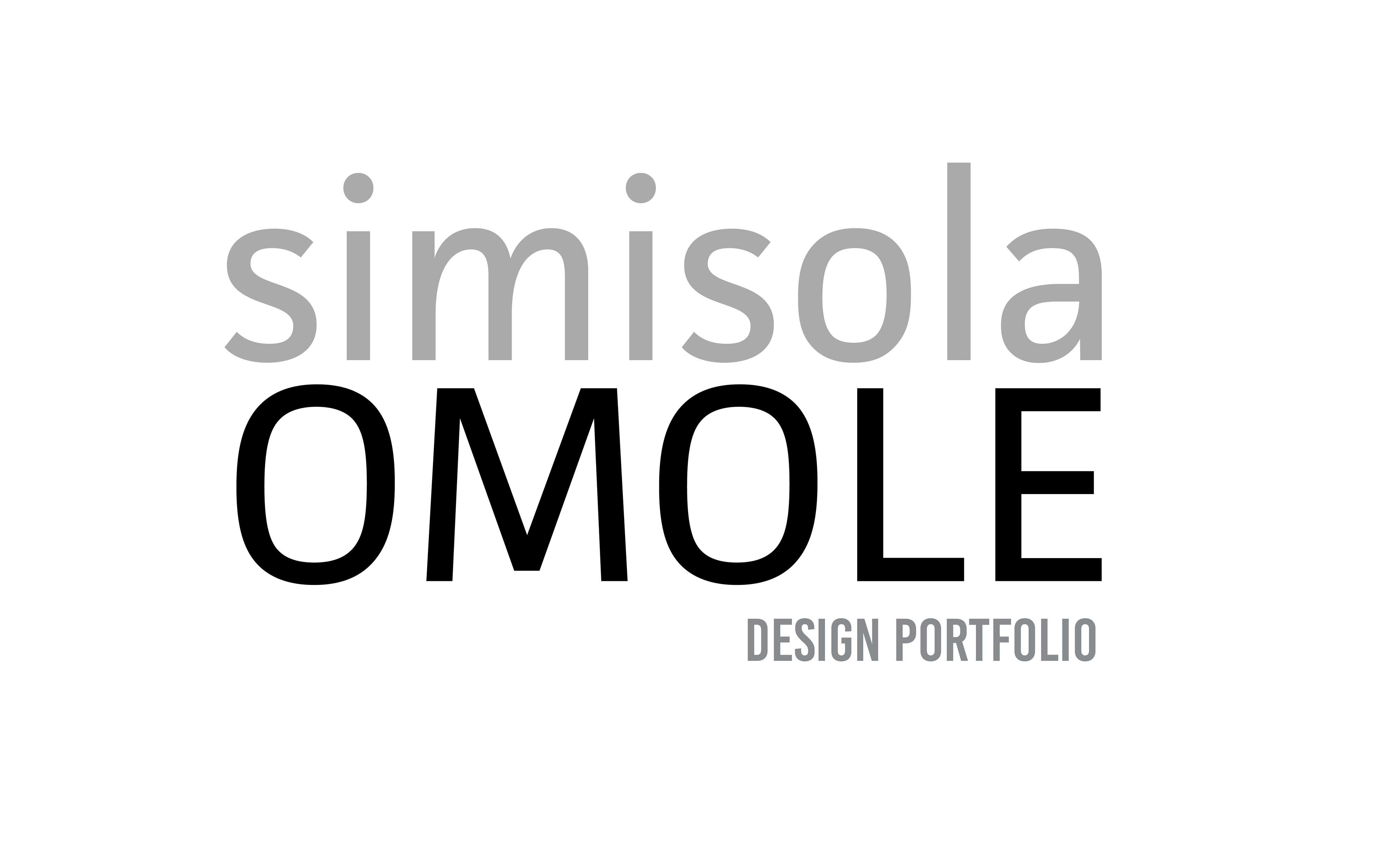Some of the books and articles I have and would be consulting during my research while preparing form review essay include the following:
Bey, Lee. “An Exclusive, up-Close Look at Jeanne Gang's New Skyscraper.” Chicago Magazine, January 6, 2021. https://www.chicagomag.com/chicago-magazine/february-2021/between-water-and-sky/.
Gang, Jeanne, and Juliane Wolf. “CTBUH Journal - ‘Case Study: Vista Tower, Chicago.’” Studio Gang Publications. CTBUH Journal, 2019. https://studiogang.com/publication/ctbuh-journal-case-study-vista-tower-chicago.
Gauer, James. “St. Regis Tower by Studio Gang.” Architectural Record RSS. Architectural Record, December 23, 2021. https://www.architecturalrecord.com/articles/15424-st-regis-tower-by-studio-gang.
Kamin, Blair. “Column: An Exclusive Look at Jeanne Gang's Vista Tower, Now Chicago's Third-Tallest Building.” chicagotribune.com, November 23, 2020. https://www.chicagotribune.com/columns/blair-kamin/ct-biz-vista-tower-review-kamin-20201123-mvst2ctjtjdqhaziljwclcng54-story.html.
Parker, Dave, and Antony Wood. The Tall Buildings Reference Book. London: Routledge Taylor & Francis Group, 2013.
Petermans, Ann, and Rebecca Cain. Design for Wellbeing: An Applied Approach. Abingdon, Oxon: Routledge, 2020.
Ramteerthkar, Shruti. “The Social Responsibility of an Architect - Rethinking the Future.” RTF | Rethinking The Future, January 21, 2022. https://www.re-thinkingthefuture.com/rtf-fresh-perspectives/a1095-the-social-responsibility-of-an-architect/.
Studio Gang Architecture. London: Phaidon, 2020.
The article on the social responsibility of an architect talks about architecture having more of a holistic approach, catering to its users and the environment. It provides insight on a number of factors that influence design at various scales and how architects have a responsibility to make sure our designs pay attention to these factors so that our designs don’t adversely affect what exists and what surrounds them. I would like to examine the St. Regis Tower through these lenses and see how much attention was paid to the social responsibility of architects. I would like to examine the approaches that were taken to acknowledge the factors that were worth considering and how the design response played out to affect the building, its site, and its surrounding context.
To help me with this, I have sourced Peterman and Cain’s Design for Wellbeing which looks into research primarily on how approaches to design have or can affect the happiness and wellbeing of people and the society. It investigates products, technologies, environments, services, and experiences for well-being as well as how effective they have or haven’t been effective in increasing overall happiness. It also looks into challenges that might come up when designing for wellbeing and how these might be addressed.
Parker and Wood’s, The tall buildings reference book examines tall buildings all over the world, how they have increased in popularity and how they have evolved to this point as well. It includes information on the engineering aspects, the human, social and urban aspects, and sustainability as well as a case study section of some of the real awe-inspiring and inspirational tall buildings that exist.
Studio gang’s monograph includes signature projects that show the range of work the firm does and reveals their design philosophy, concepts, ways of design thinking, and problem-solving. One of the projects included is the St. Regis tower and we get a glimpse into its design process. The Chicago Mag article looks further into innovative features of this building which could help me understand how the design process resulted in these elements that may solve certain problems or assist the building in becoming the connector it is meant to be. The case study from the Council on Tall Buildings and Urban Habitat explores more of the technicalities of the building including the structure, ventilation, and others, and further helps recognize how the building became what it is.
The final two articles in the Architectural Record and the Chicago Tribune each give their views of the building as a whole. With these, I can investigate the initial responses of people on the outside and possibly discover more features of the building that exist.



